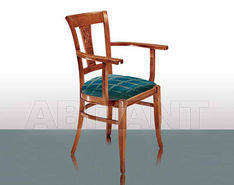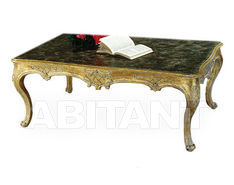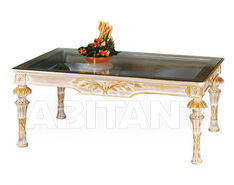configuration and the volume
of your order
on request
- From 8.5 To 13 weeks
- Information on request
- 1 week
| Adjustable height | No |
|---|---|
| Avaliability of shelves | No |
| Folding | No |
| Materials | Wood, Leather |
| Leather type | Made of Genuine Leather |
| Table top material | Leather |
| Table top shape | With Square Tabletop |
| Avaliability of legs | Yes |
| Legs shape | Straight |
| Leg material | Wood |
| Number of legs | 4 |
| Avaliability of pull out box | No |
| Modifications | With Inlay on Front Edge, With Inlay on Tabletop, Decorative Elements, With Users Manual |
| Dimension with package | 0.15 m3 |
| Functional Purpose | For Living Room, for Cabinet, For Home |
|---|
Empire / Baroque / French
Baroque, Rococo, Classical and Empire became the most famous styles of the 18th and the beginning of the 19th century. These styles were also often called Royal, as their main attributes are luxury, wealth and opulence. They are well-suited for vast rooms with high ceilings. Characteristic elements of decor include fretwork, murals, paintings and sculptures, sometimes carvings. The Classical style was, perhaps, the most reserved of the four, though it was no less majestic. The Empire is its continuator. It implies solemnity, magnificence, symmetry, volume. Copious amounts of mirrors, tapestries and fireplaces, luxurious fabrics and refined screens are also a hallmark of French classical styles.
Classical / Historical
The term "classic" originates from the 17th century, when the art as a whole was focused on Antiquity. The Classical style spread between the palace-type buildings where the higher stratum - the nobility - lived. Those were the interiors of breathtaking splendour: high ceilings supported by Antique-styled pillars, spacious rooms adorned by expensive, high-quality furniture made specifically from all the best natural materials craftsmen could find. Pomposity and lusciousness did not spoil the comfort - it even complemented it.





































